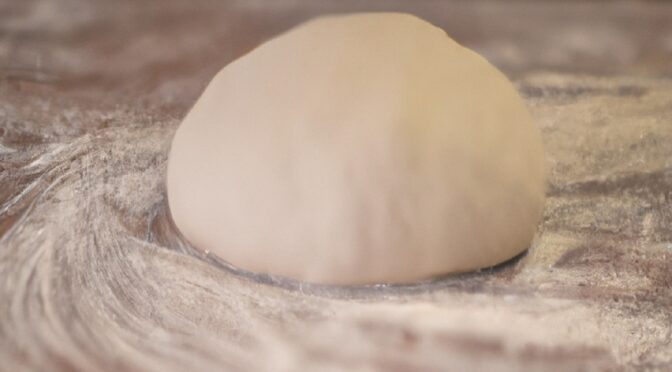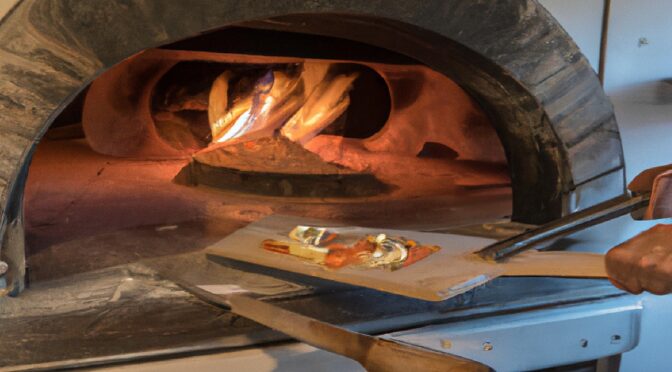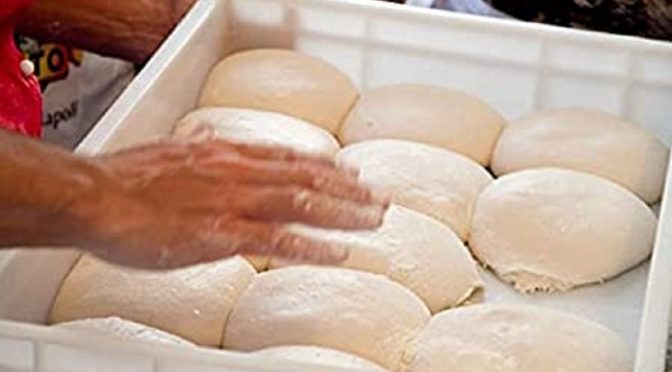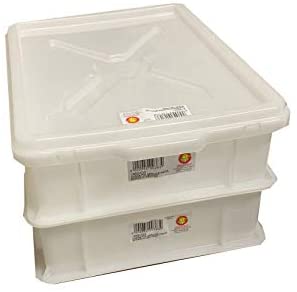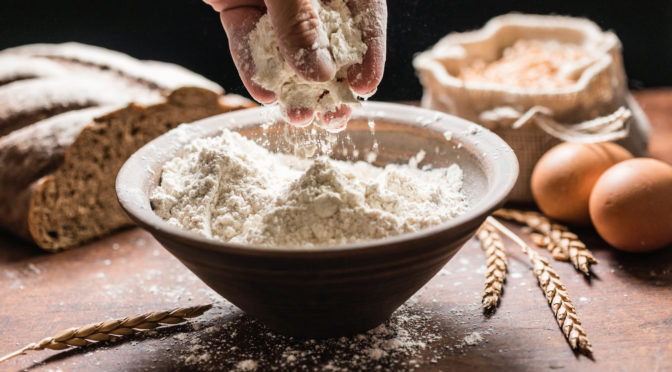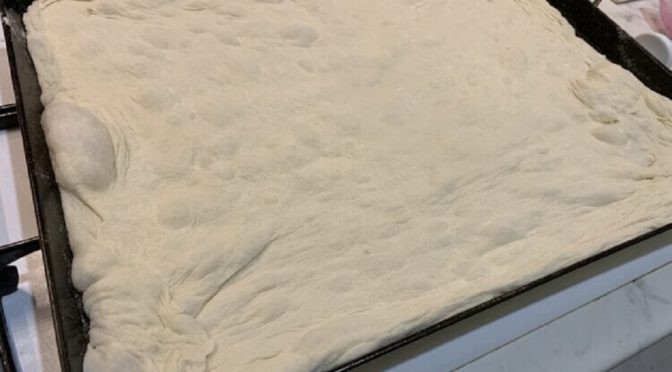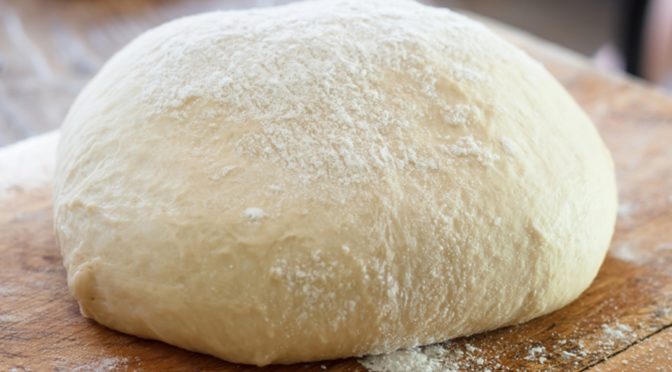How to Create a Gourmet Pizza with Quality Ingredients
Hello pizza-loving friends! Today I want to share with you a guide on how to create a gourmet pizza using quality ingredients. There is nothing more satisfying than making a delicious pizza in your own kitchen, with carefully chosen ingredients. And with a little’ of practice and the right advice, you will be able to make a pizza that will have nothing to envy of that of the best pizzerias. Then, let's get to work immediately!
The Preparation of the Dough
The secret of a good gourmet pizza starts from the base: the dough. A well-made dough is essential to obtain a pizza with a crust that is crunchy on the outside and soft on the inside. The preparation of the dough requires attention and a little’ of time, but I assure you that it is worth it.
To prepare a perfect dough, you will need high quality flour, water, yeast, salt and a pinch of sugar. Here is a simple recipe that you can follow:
- Ingredients:
- 500g of typical flour “00”
- 300ml of warm water
- 10g of salt
- 5g of sugar
- 25g of fresh yeast (or 7g of dry yeast)
- Procedure:
- Dissolve the yeast and sugar in the warm water.
- In a large bowl, mix the flour and salt.
- Gradually add the water with the yeast to the flour, mixing until you obtain a homogeneous mixture.
- Transfer the dough to a floured surface and knead for approximately 10 minutes, until it becomes smooth and elastic.
- Cover the dough with a damp cloth and let it rise for at least 2 hours in a warm place.
Quality ingredients for a Gourmet Pizza
Once your dough is ready, it's time to choose the ingredients for your gourmet pizza. The quality of the ingredients will really make a difference in the final result. Here are some tips:
- Tomatoes: Use high-quality San Marzano or peeled tomatoes. They have a sweet, rich flavor that will give your pizza an authentic taste.
- Mozzarella: Opt for DOP buffalo mozzarella or fior di latte. They are fresh cheeses that melt perfectly and have a delicate flavor.
- Extra virgin olive oil: A drizzle of good quality EVO oil will add a touch of extra flavour.
- Fresh herbs: Fresh basil, oregano and rosemary can elevate the taste of your pizza.
Cooking Pizza
Cooking is another fundamental step to obtain a perfect gourmet pizza. If you have a wood-fired oven, you are lucky, because this is the traditional and best way to cook a pizza. However, even a good home oven can give excellent results.
- Wood oven: Heat the wood oven to a temperature of approximately 450-500°C. Cook the pizza for 1-2 minutes, turning halfway through cooking to ensure even cooking.
- Electric oven: Preheat the oven to maximum temperature (250-300°C). Cook the pizza on a baking stone or perforated baking tray for approx 10-12 minutes, until the crust is golden brown and the cheese is melted and lightly browned.
Catering and Innovation
If you are passionate about pizza and like to experiment, I suggest you to sign up for our pizza chef courses that we organize in our Silvio Cicchi pizza school. who, you will be able to learn advanced pizza preparation and cooking techniques, as well as discovering new gourmet recipes. Our school is the ideal place for those who want to turn their passion for pizza into a profession or simply improve their culinary skills.
Experimenting with Gourmet Recipes
One of the most fun things in preparing gourmet pizza is the possibility of experimenting with new ingredients and combinations. Here are some ideas to inspire you:
- Pizza with raw ham and rocket: After cooking pizza with tomato and mozzarella, add slices of raw ham, fresh rocket and flakes of Parmigiano Reggiano.
- Pizza with Porcini Mushrooms and Truffle: Use a white base with mozzarella, fresh porcini mushrooms and a sprinkling of grated truffle for a rich, earthy flavor.
- Burrata and Tomato Pizza: Cook the pizza with a tomato and mozzarella base, then add fresh burrata and cherry tomatoes cut in half, seasoning with a drizzle of EVO oil and fresh basil.
A Special Invitation
Dear readers, I hope these tips have been useful to you and have inspired you to create your own gourmet pizza with quality ingredients. If you want to learn more about preparation and cooking techniques, sign up for our pizza chef courses that we organize in our Silvio Cicchi pizza school. And don't forget to visit and subscribe to my YouTube channel, where you will find more of 300 videos of pizza recipes prepared by the pizza chef students who participate in our courses.
Thanks for reading and have fun cooking!
Greetings from Silvio Cicchi.

